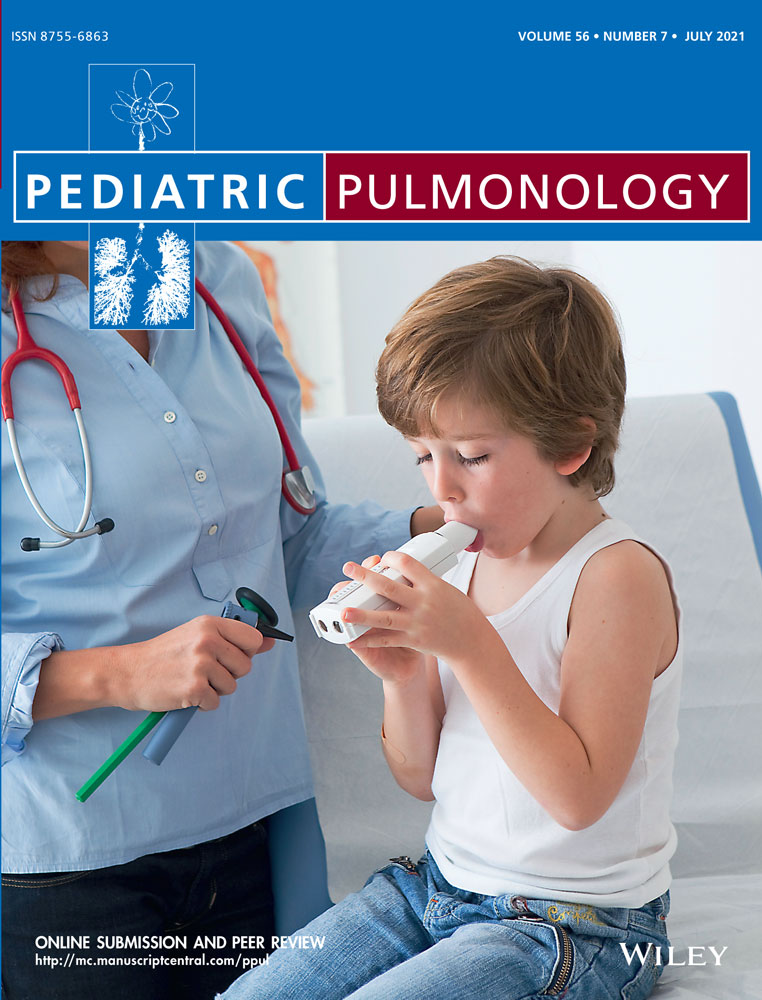Ventilatory response to CO2 with Read's rebreathing method in normal infants
Abstract
Background
Methods of evaluating the ventilatory response to CO2 (VRCO2) of the respiratory center include the steady-state and the rebreathing method. Although the rebreathing method can evaluate the ventilatory response continuously to gradually increasing CO2, the rebreathing method has been rarely performed in infants. The aim of this study was to investigate whether we could perform the VRCO2 with the rebreathing method in normal infants.
Methods
The subjects were 80 normal infants. The gestational age was 39.9 (39.3–40.3) weeks, and the birth body weight was 3142 (2851–3451) grams. We performed the VRCO2 with Read's rebreathing method, measuring the increase in minute volume (MV) in response to the increase in EtCO2 by rebreathing a closed circuit. The value of VRCO2 was calculated as follow: VRCO2 (ml/min/mmHg/kg) = ΔMV/ΔEtCO2/body weight.
Results
We performed the examination without adverse events. The age in days at examination was 3 (2–4), and the examination time was 150 ± 38 s. The maximum EtCO2 was 51.1 (50.5–51.9) mmHg. The value of VRCO2 was 34.6 (29.3–42.8). The intraclass correlation coefficient of the VRCO2 of cases with multiple measurements was 0.79.
Conclusion
This study suggests that the rebreathing method can evaluate the ventilatory response to high blood CO2 in a short examination time. We conclude that the rebreathing method is useful even in infants. In the future, we plan to measure the VRCO2 of preterm infants, and evaluate the respiratory center of infants in more detail.
Open Research
DATA AVAILABILITY STATEMENT
The data that support the findings of this study are available from the corresponding author upon reasonable request.




